Central and West African savannah buffaloes (Syncerus caffer aequinoctialis and S. c. brachyceros) are smaller cousins of the Cape buffalo. Adults are typically dark red or black and have a massive head with a broad nose and heavy, ridged horns, though their horns are shorter and less fused than those of their southern relatives. Both bulls and cows carry horns used for defence and to establish dominance. These muscular bovines inhabit savannas, woodlands and floodplains from Cameroon and the Central African Republic to South Sudan, and their toughness and unpredictable temperament make them a challenging big‑game trophy.

Savannah buffalo hunts usually begin at first light when trackers locate fresh spoor near wallows or salt licks. Guides follow tracks on foot, using the wind to remain undetected, and approach to within 20–60 yards before taking a shot. Heavy calibre rifles (.375 H&H or larger) are recommended to ensure deep penetration and quick stops. In the dense cover of Central and West Africa, hunts may also be conducted from blinds over waterholes or by tracking bachelor bulls along forest edges. Because these buffalo feed at night and drink early in the morning and late afternoon, most hunting takes place during cooler hours when bulls are moving between grazing and water.
There is one species of African buffalo with four recognised subspecies: forest, West African savanna, Central African savanna and southern (Cape) buffalo. West and Central savanna buffalo are listed as Least Concern, yet populations fluctuate due to rinderpest, bovine diseases, habitat loss and human conflict. Approximately 75% of Africa’s buffalo live in protected areas, but outside reserves they are often treated as crop pests and are vulnerable to uncontrolled hunting and habitat fragmentation. Regulated trophy hunting provides essential revenue for anti‑poaching patrols and supports local communities, offering incentives to conserve the savanna habitats these buffalo require.
Savannah buffaloes are highly social and form herds ranging from a few animals to several hundred; bachelor groups of bulls often split off from mixed herds. They are primarily grazers, feeding mainly at night and during the cool hours of morning and evening, and require regular access to water. Despite their bulk, they can outrun most predators and will aggressively defend themselves with their horns. Local hunters call them “black death” because wounded buffalo may circle back and charge the hunter, making a finishing shot critical.
Savannah Buffalo can be found in the following location:
Savannah Buffalo has the following variations:
- Central African Savannah Buffalo
- Western Savannah Buffalo
Start Your Adventure



